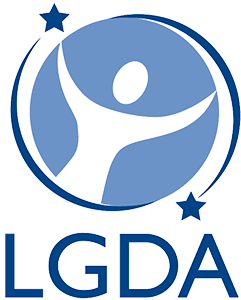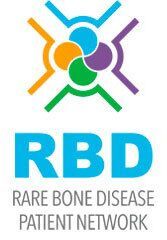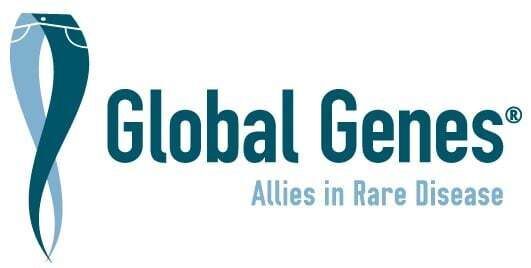
Lymphatic drainage, also known as lymphatic massage or lymphatic drainage therapy, can benefit children and adults with Complex Lymphatic Anomalies (CLA) and lymphedema. However, it's important to note that the effectiveness and safety of lymphatic drainage for individuals with CLAs may vary depending on the specific characteristics of their condition.
Lymphedema (LE) is a condition where excess fluid accumulates in certain parts of the body due to a compromised lymphatic system. LE can be caused by CLAs and other conditions. The goal of therapy is to stimulate the lymphatic system's natural function to remove excess fluid, toxins, waste products, and other impurities from the body's tissues.
Lymphatic drainage is performed by using gentle, rhythmic, and repetitive movements applied to the skin's surface. The goal is to encourage the movement of lymph fluid through the lymphatic vessels and nodes, promoting its proper circulation and drainage. The massage strokes are typically very light and use a specific sequence to follow the natural pathways of the lymphatic system. For patients with CLA-related lymphedema, it may help alleviate swelling and improve comfort and is often used in combination with compression garments to help move lymph fluid from the extremities back toward the heart.
However, due to the complexity of CLA, it's crucial to approach lymphatic drainage cautiously and under the guidance of medical professionals who are knowledgeable about both the specific CLA diagnosis and the techniques involved in lymphatic drainage. Here are a few points to consider:
- Consultation: Before undergoing lymphatic drainage, patients with CLA should consult their healthcare provider or a specialist who is experienced in treating lymphatic anomalies. They can assess the individual's condition, determine the appropriateness of lymphatic drainage, and provide personalized recommendations.
- Tailored Approach: Lymphatic drainage should be adapted to the patient's unique needs and condition. A massage therapist should have specialized training in lymphatic drainage and an understanding of the patient's CLA and any associated risks or contraindications.
- Monitoring: Regular follow-up with healthcare providers is important to monitor the progress and ensure that lymphatic drainage is providing the intended benefits without causing any complications.
- Patient Education: Patients should be educated about the potential benefits and limitations of lymphatic drainage, and they should be aware of signs of any adverse reactions.
- Comprehensive Treatment Plan: Lymphatic drainage is often one component of a comprehensive treatment plan for CLA-related lymphedema. Other components may include compression therapy, exercise, skincare, and management of any underlying medical issues.
In summary, lymphatic drainage may be beneficial for some patients with Complex Lymphatic Anomalies, particularly for managing lymphedema. However, its suitability and effectiveness depend on individual factors, so it's crucial to work closely with a medical team that understands your specific condition to ensure that any treatment approach is safe and effective.
More information:
Find a certified healthcare professional that treats lymphedema and related disorders
How to find a qualified lymphedema Therapist - video.










